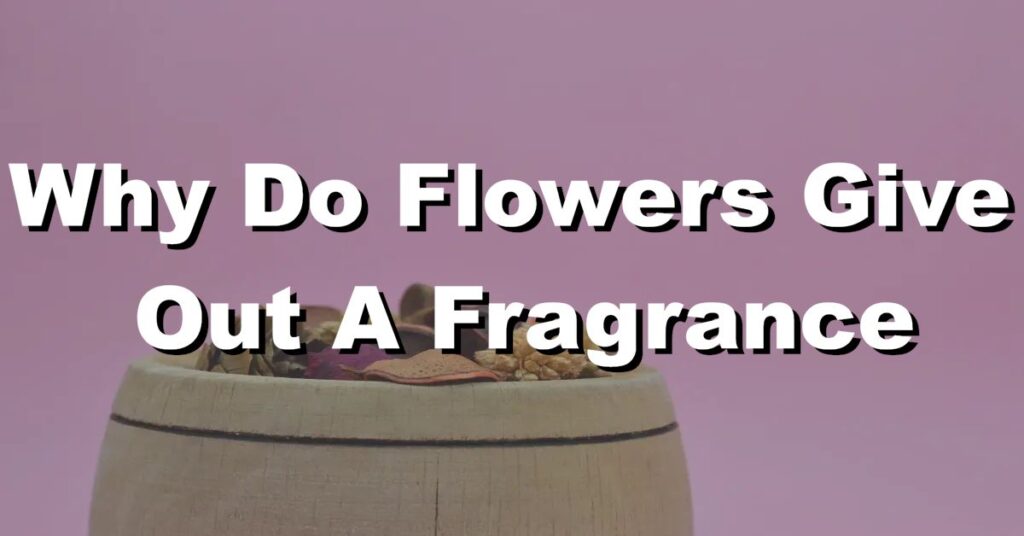Flowers are nature’s gift to us, and they come in a variety of shapes, colors, and fragrances. The fragrance of a flower is one of the most captivating things about it. It is what draws insects, birds, and animals to the flower, and it is also what makes humans appreciate and love them.
In this article, we will explore the science behind why flowers give out a fragrance.
Purpose of Floral Scents
Flowers produce fragrances as a way to attract pollinators and ensure their reproduction. The scent acts as a signal to attract bees, butterflies, birds, and other insects to visit the flower. By emitting a fragrance, flowers increase their chances of being noticed by potential pollinators, thus increasing the likelihood of successful pollination and the production of seeds.
The fragrance serves as a form of communication between the flower and its pollinators, creating a mutually beneficial relationship where both parties benefit. The unique and alluring scents produced by flowers have evolved over time to match the preferences of their specific pollinators, ensuring efficient and effective pollination.
Evolutionary Importance of Flower Scents:
The evolution of floral scents is crucial for the survival and propagation of flowering plants. Over time, plants have developed a wide array of scents to appeal to different pollinators. This diversity ensures that plants can attract specific pollinator species, enhancing the efficiency of pollination.
Through a process known as co-evolution, flowers and their pollinators have developed a mutualistic relationship, with each party benefiting from the interaction. Floral scents have evolved to match the sensory preferences of pollinators, ensuring a successful transfer of pollen and the continuation of plant species.
Types of Floral Fragrances:
Floral fragrances can be categorized into various types based on their scent profiles. Some common types include:
- Rose: Known for its romantic and classic scent, rose fragrances are often described as floral, sweet, and slightly spicy.
- Jasmine: Jasmine scents are often intense and exotic, with a rich and heady floral aroma.
- Lily of the Valley: This fragrance is delicate and fresh, reminiscent of a spring garden, with notes of greenery and subtle floral undertones.
- Lavender: Lavender scents are herbal and floral, characterized by their calming and soothing properties.
- Gardenia: Gardenia fragrances are creamy and tropical, with a strong and sweet floral aroma.
Chemistry of Flower Scents:
The captivating scents of flowers are created by a complex combination of volatile organic compounds (VOCs). These VOCs are produced by specialized cells in the petals and other floral parts. The chemistry of flower scents involves the synthesis and release of various compounds such as esters, alcohols, terpenes, and phenols.
The unique combinations and concentrations of these compounds contribute to the distinct fragrance of each flower species.
Role of Pollinators in Fragrance Production:
Pollinators play a crucial role in the production of flower fragrances. As they visit flowers in search of nectar and pollen, they inadvertently pick up and transfer pollen grains between flowers, facilitating cross-pollination. This process encourages genetic diversity and enhances the fitness of plant populations. In turn, the presence of pollinators influences the production of floral scents.
Flowers that are attractive to specific pollinator species may invest more resources in scent production to increase their chances of successful pollination. The interplay between pollinators and floral scents is a fascinating example of coevolution and the intricate relationship between plants and their animal counterparts.
Conclusion
In conclusion, flowers produce fragrances to attract pollinators like bees, butterflies, and birds, to help with their reproductive process. The scent is a crucial part of their survival, and it can also serve as a defense mechanism against predators.

